The Iowa class battleships were the last dreadnoughts put to sea by the United States. In many ways they incorporated all of the lessons learned by the US Navy throughout the dreadnaught age. They were powerfully armed, decently armored, and very fast. It is no doubt due to their excellent design that they were able to provide five decades of service to the Navy. However, for all of their qualities, the Iowa class battleship actually represented a radical departure from traditional design that the US navy battleships had followed since the start of the 1900s.
What Makes a Battleship?
At the most basic level of design, a battleship is designed around three primary aspects: firepower, armor, and speed. On a given displacement, when one aspect is pursued, it often comes at the expense of the others. For instance, if a battleship needs to carry additional protection (armor), it will have to sacrifice either weapons (firepower) or its power plant (speed). Most nations tended to favor a particular combination of the three main aspects.
The Nevada class, the first of the heavily armed and armored standard-type battleships
Traditionally, the US Navy had long favored firepower and armor at the expense of speed. This was a result of their adoption of the “standard-type” battleships. The US wanted battleships that could easily operate with one another in battleship divisions. Therefore, they designed all of their ships to operate at a speed of 21 knots. With so little displacement devoted to the powerplant, the battleships could devote more to armor and firepower. This method of thinking dominated US battleship design from 1911 to 1923 with five classes of battleships being designed.
While the US was working on the “standard-type” battleships, other navies had been experimenting with the so called “fast” battleships thanks to the introduction of more powerful power plants. These ships, starting with the British Queen Elizabeth class, were capable of reaching speeds of up to 25 knots. Soon designers were now looking at faster battleships to chase down and engage the older, slower battleships. A problem with this idea was that fast battleships were incapable of operating with slower battleships. Battlegroups had to be broken into smaller, less effective units based on speed. The US was aware of this and it no doubt reinforced their idea of standard battleships as subsequent designs still remained at around 21 knots.
HMS Barham, one of the Queen Elizabeth class “fast” battleships. At the time of their launching, they were the fastest battleships afloat.
During the 1930s, the US navy began designing a new series of battleship that would eventually evolve into the North Carolina class battleships. Some would argue that the 27 knot speeds of these battleships would classify them as fast battleships. However, it must be noted that the ideals of the standard-type battleship still lingered in a majority of the naval staff. For instance, during the design process, it was repeatedly asked why the ships had to be faster than the 21 knot limit of other battleships. While the ships were eventually allowed a 27 knot speed, it must be noted that this was actually the slowest of the final designs proposed for the North Carolina class. Once again, the designers opted for the more heavily armed and armored version. The following South Dakota class battleships were essentially redesigns of the North Carolinas, maintaining the same level of protection and firepower, but in a shorter hull.
The Departure from Traditional Design
Compared to thirty years of battleship design before them, the Iowa class was a puzzling design. Despite being the largest and most powerful class of battleship launched by the United States, they were basically 33 knot replicas of the South Dakota class before them. In the words of naval historian Norman Friedman, “Ten thousand tons was a very great deal to pay for 6 knots”. So what motivated a such a change?
A Kongo class battleship. The threat of these vessels was a large factor in the design of the Iowa class.
During the 1930s, the US Navy decided that the best way to win a war with Japan was to make a strong push through the central pacific. However, such an operation would require a large chain of supply vessels. It was thought that Japan would use its cruiser and carrier forces to harass these supply ships, potentially stalling a US advance. The US believed that it could counter these forces with its own cruiser and carrier forces. However, one element of the Japanese Navy was a major cause for concern. These were the Kongo class battleships, 30 knot vessels with decent armor and potent 14″ guns. It was thought that the Japanese would use these warships to smash through the US cruiser screens, allowing attacks on the vulnerable supply ships. Not only were US cruisers at a disadvantage against them, but the slow speed of the standard battleships would be insufficient to bring the Kongo class to battle. To counter this threat, the US Navy decided that it needed to create a faster battleship.
The Iowa Class Battleships
This idea was the founding principle behind the Iowa class. A series of design schemes were introduced before eventually evolving into two competing designs. The first design was drawn up by members of the Naval Board that still believed in the armor and firepower elements. This was a larger South Dakota class vessel with either twelve 16″ weapons or nine 18″ weapons. Like the South Dakota class before it, it would travel at the same speed of 27 knots. The second design was a 50,000 ton fast battleship created with the intention of being a “cruiser killer”. It was to be armed with twelve 16″ guns and be protected from 8″ shells only. The second design was chosen and modified into the final design of the Iowa class.
The need for speed was a source of considerable controversy among many in the naval board. While the armor was good compared to many battleships used by other navies, some felt that it should have been much stronger for ship of 45,000 tons. The long, fine hull form needed to achieve high speeds was also thought of as a weakness as it reduced volume around the magazines. Lastly, the introduction of the super heavy 16″ shell was seen as problematic. Against such a powerful shell, the Iowa class had only a 5000 yard immunity zone against its own shells, much lower compared to other battleships. For an American battleship, the Iowa class went into action with a level of armor protection below the standard of typical American construction for a given weight.
The speed of the Iowa class allowed them to keep pace with the fast ships in the Fleet, making them invaluable for the escort role.
Conclusions
While the armor of the Iowa class might have been lacking for a ship of its large displacement, this is not to say that the ship was weakly armored. It was just a departure from how the US traditionally designed their battleships. The ship simply sacrificed armor for higher speed. In many ways, this makes them the first and only true fast battleship. They weren’t faster simply due to more powerful machinery, but because they were designed from the onset to be fast. This preference for speed in no way diminished their use as battleships. In fact, the reason why the Iowa class lasted so long in US Naval service was due to their high speed. They could bombard targets and fight capital ships like any battleship, while also having the speed to easily keep pace with carriers, providing them with valuable escorts. While the ship might have been a niche design, overall the US was immensely pleased with the Iowa class. A departure from traditional design though they were, the fact that the class saw service up until the Gulf War, long past the age of the battleship, is a testament to their effectiveness.
Further Links
Want to follow Navy General Board on Social Media?
You can also check out some more great articles by Navy General Board!
- Life Aboard a US Navy Battleship During the Korean War
- Biggest Cruisers of World War II
- Bayern Class vs. Queen Elizabeth Class
- Why were so many warships never built?

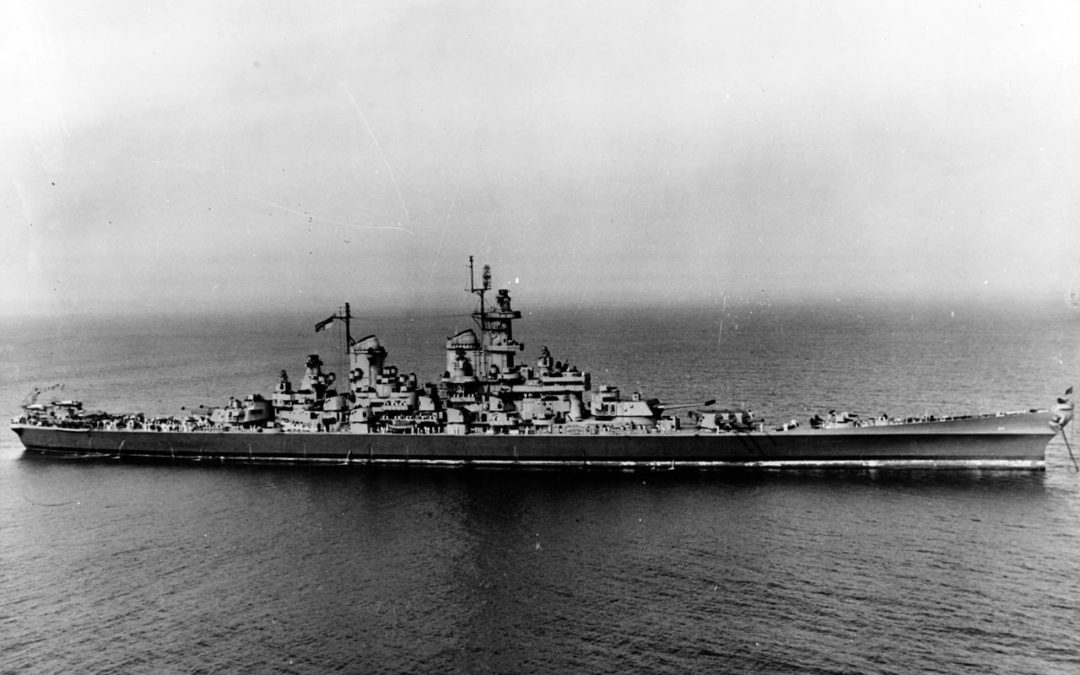
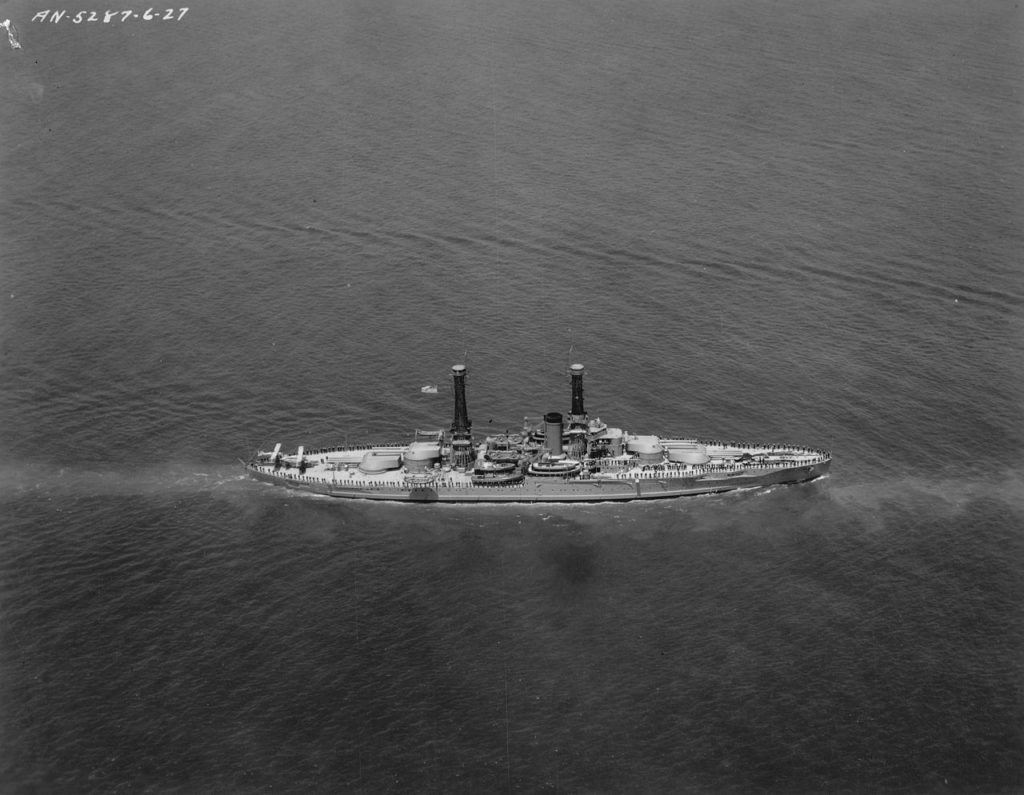
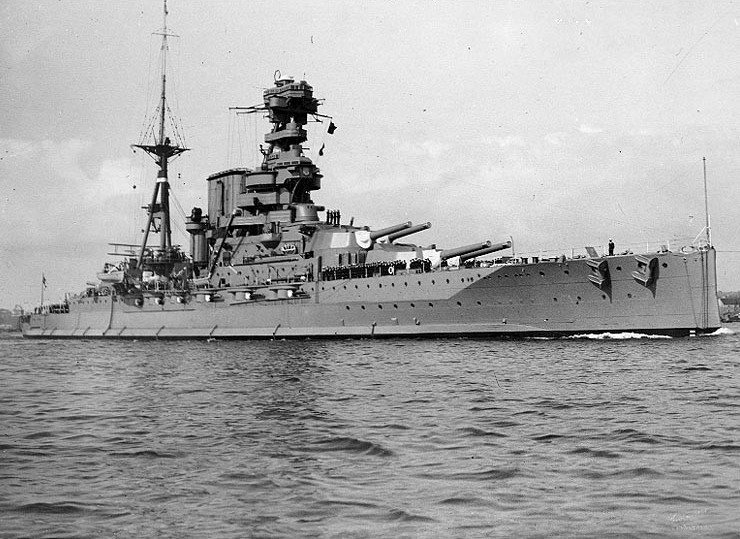
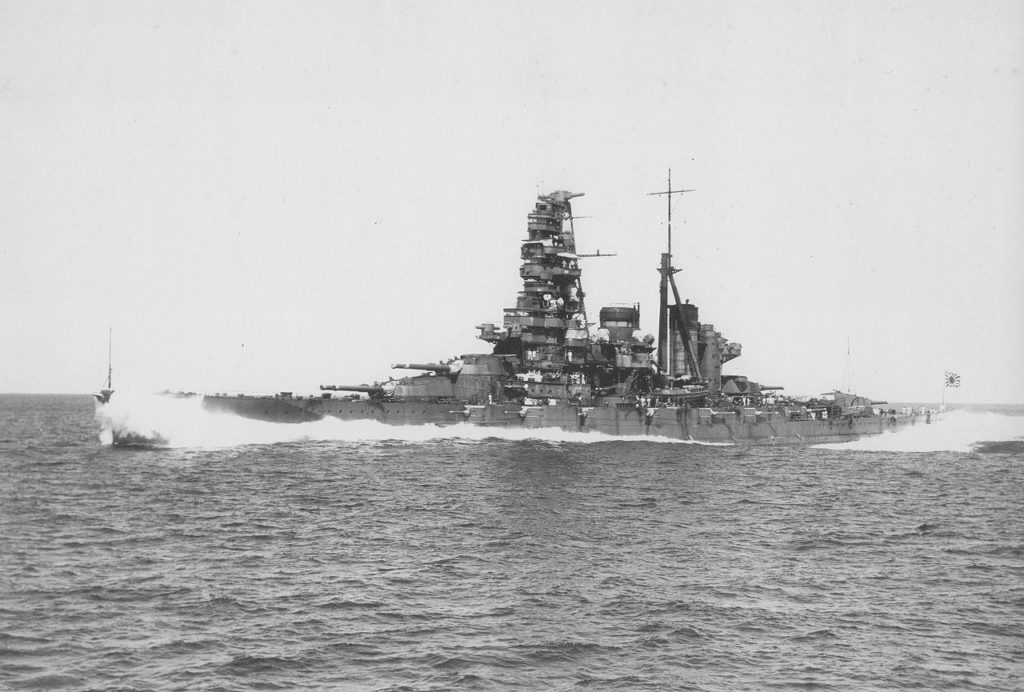
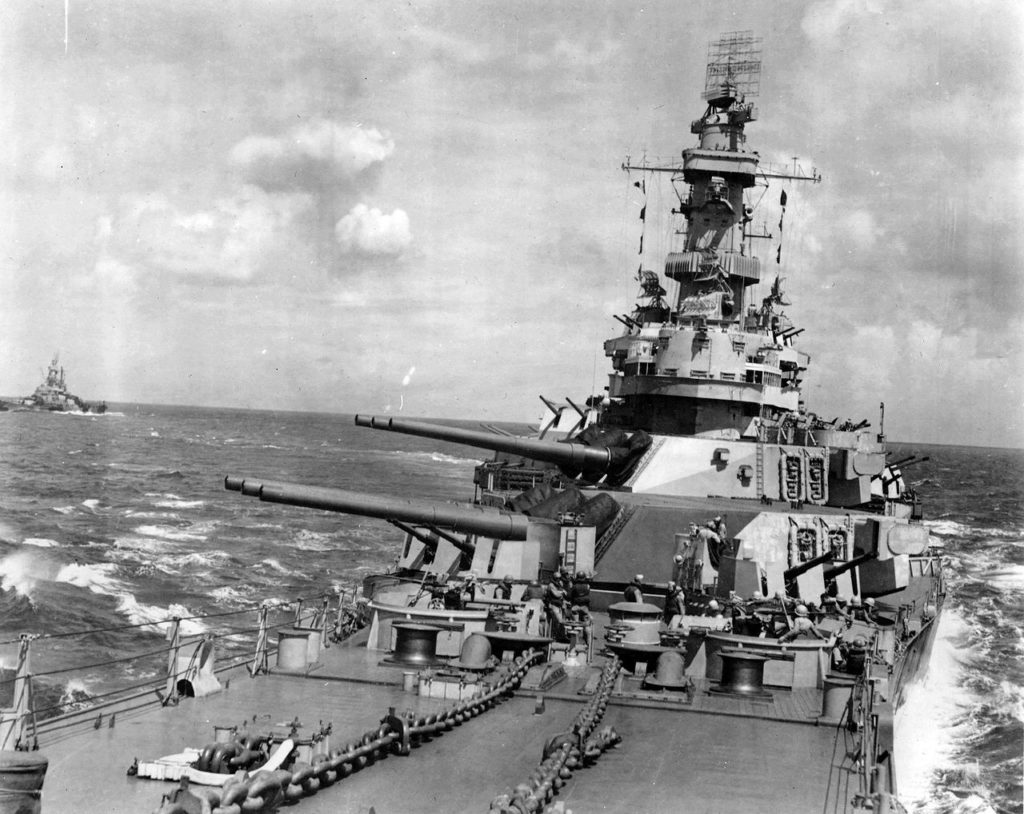

Recent Comments